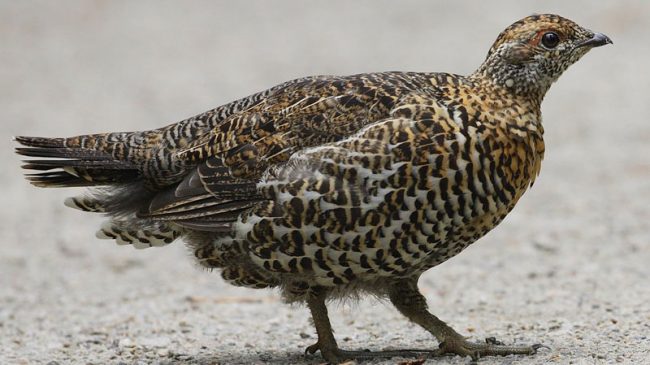After years of debate, yesterday the Interior Department announced that the sage grouse would not be listed under Endangered Species Act.
The best parts of the decision:
1) The greater sage grouse was not proposed for listing under the Endangered Species Act, which is good news for the bird and landowners.
The Endangered Species Act has a well-deserved reputation for putting severe restrictions on otherwise normal and legal forms of land and resource use, such as farming and energy development. When landowners are put under the restrictions, this often works against species conservation by creating strong incentives for landowners and others not to destroy and degrade wildlife habitat in hopes of getting or keeping the endangered species off of the land.
2) The Interior Department recognized that successful cooperative conservation efforts for the sage grouse have paid off.
Over the past decade states have led highly successful conservation efforts that are based on partnerships with environment groups, energy companies, landowners and others. These partnerships have been based on incentives and an “all lands” approach that includes federal, state and private lands that have helped the sage grouse population increase over the past 10 years by .78 percent annually and grow to a total population of almost 425,000.
3) These successful conservation efforts by a wide range of federal, state, municipal and private actors will get some additional breathing room.
Several Western governors had expressed fear that the successful partnerships that took years to develop would be wiped out if the sage grouse was listed as endangered. Often the mere threat of the Endangered Species Act is enough to cause people to refrain from conserving species, as well as to take more direct action, such as habitat destruction and degradation. The decision should bring some certainty to the West.
With the good, however, comes the bad, and yesterday’s announcement had some bad points too:
1) Instead of listing the greater sage grouse under the Endangered Species Act, the federal government is implementing 15 amended plans that govern use of over 60 million acres of federal land and have some strict Endangered Species Act-like restrictions.
Over the long-term, these penalty-based plans may end up harming the sage grouse for essentially the same reasons the Endangered Species Act too often harms species – the creation of strong incentives for landowners and others to refrain from conserving species and even to destroy and degrade species habitat.
One of the strongest statements against the decision came from Utah Gov. Gary Herbert, who said in a statement, “I am deeply concerned with the decisions of the Departments of Interior and Agriculture, which constitute a significant overreach by the federal government on this issue. The state of Utah has implemented a successful sage-grouse conservation plan that has been rejected by the federal government, jeopardizing conservation of the species and reasonable economic growth in Utah. Today’s actions constitute the equivalent of a listing decision outside the normal process and fail to support an appropriate balance between conservation and other public uses of the land.”
2) By significantly restricting use of federal lands, the 15 amended plans may have the unintended consequences. Private lands, even though they constitute just 31 percent of the sage grouse’s habitat, are disproportionately important because they contain over 80 percent of the moist habitat-springs, streams, ponds, and seasonal wetlands-that sage grouse, especially hens and chicks, depend on during the summer.
Thousands of private ranchers who live in the sage grouse’s vast range constitute the largest group of potential conservation allies for the sage grouse. The new plans limiting where livestock can graze, creating large buffer zones for sage grouse habitat, and adding monitoring by the Bureau of Land Management may make life difficult for these ranchers who have previously been working cooperatively with states. Successful conservation efforts need ranchers as allies, not enemies.
3) The sage grouse saga may not be over.
Environmental groups have strongly hinted they will sue the federal government to try to compel the listing of the greater sage grouse under the Endangered Species Act, as well as try to make the 15 amended federal land use plans more onerous.
Brian Seasholes is director of the endangered species program at Reason Foundation and author of the report “Sage Grouse Conservation: The Proven Successful Approach.”
